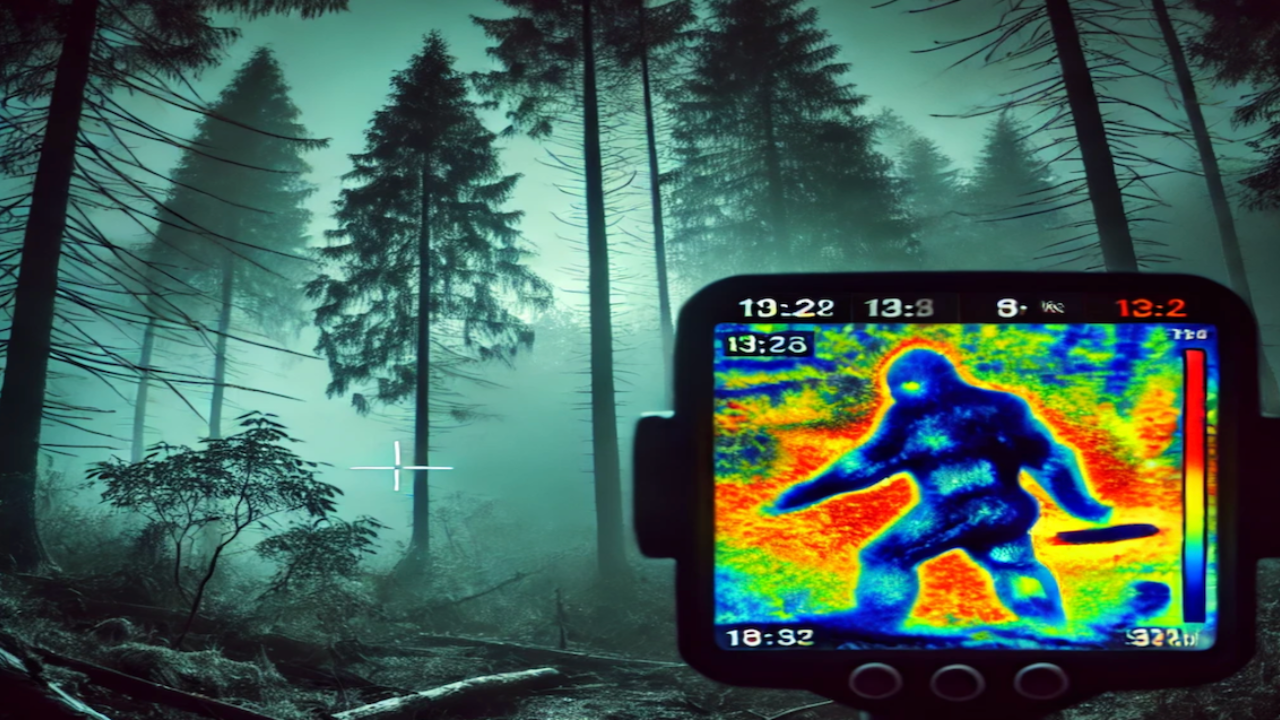Expedition Bigfoot: The Most Scientific Bigfoot Show Yet—But Is It Enough?
Mar 17, 2025
For six seasons, Expedition Bigfoot has sought to captivate audiences by blending rigorous scientific methods with the allure of one of the world's greatest mysteries—the existence of Bigfoot. Armed with thermal imaging, audio recording technology, night-vision equipment, and cutting-edge environmental DNA (eDNA) analysis, the team, led by primatologist Dr. Mireya Mayor, has traversed dense forests from the Pacific Northwest to Alaska, searching for definitive proof. However, the question remains: Has Expedition Bigfoot advanced the search for Bigfoot, or has it merely entertained viewers by perpetuating the mystery?
Throughout its run, Expedition Bigfoot has presented some genuinely intriguing evidence. Audiences have watched thermal images showing large, bipedal figures silently navigating remote wilderness, heard eerie vocalisations echoing through forests, and observed unexplained shadows captured on camera. One particular moment that stood out to viewers involved thermal footage depicting what appeared to be a massive, upright figure swiftly navigating through rugged terrain—footage the show's experts struggled to dismiss.
The most provocative claim, however, arose from the use of environmental DNA (eDNA) analysis. eDNA involves collecting genetic material organisms leave behind—such as hair, saliva, or skin cells—in their environment. In season 3, the Expedition Bigfoot team announced that soil samples taken from a remote area contained orangutang DNA. Given orangutang are native exclusively to Southeast Asia, such findings immediately raised eyebrows. Could this indicate an undiscovered primate, perhaps the elusive Bigfoot itself?
Yet, scientific scrutiny casts considerable doubt on this possibility. The natural presence of orangutang DNA in North America is extraordinarily unlikely, leading many to suspect contamination or errors during sample processing. Despite the dramatic presentation of these findings, the absence of independent scientific validation undermines the credibility of the evidence. No peer-reviewed studies or scientific journals have substantiated these results, leaving Expedition Bigfoot’s most compelling claim frustratingly inconclusive. For eDNA results to be truly groundbreaking, they need to be analysed by multiple independent labs under controlled conditions, something that has yet to happen.
Even Dr. Mireya Mayor, Expedition Bigfoot’s primatologist, has acknowledged that credible evidence requires rigorous, repeatable methods that stand up to peer review. Despite this, the show continues its search, using advanced methodologies that, if refined and independently verified, could one day yield results that shift the debate. Compared to its predecessors, Expedition Bigfoot has certainly raised the bar in terms of scientific research. Unlike past shows that relied primarily on anecdotal accounts and footprint casts, this series integrates technology and expert analysis in a way that gives it a degree of credibility others lacked. However, there is still significant room for improvement. The lack of transparency regarding data analysis and the absence of independent verification leave its findings open to question. If the show truly aims to contribute to scientific discovery, addressing these shortcomings will be essential.
Comparing Expedition Bigfoot to earlier paranormal reality shows further highlights both its strengths and limitations. Programs like Finding Bigfoot relied heavily on eyewitness testimonies, blurred photographs, and footprint casts. Expedition Bigfoot elevates the standard by employing sophisticated technology and involving specialists like primatologist Dr. Mireya Mayor, lending the show an air of scientific legitimacy. Yet, it shares a critical similarity with its predecessors—it stops short of providing conclusive evidence, choosing instead to fuel the mystery season after season.
Shows such as Ghost Hunters and similar paranormal series use anecdotal evidence and dramatic presentations to hook viewers. Expedition Bigfoot, though more technologically advanced, still operates under similar constraints—entertainment comes first, scientific rigour second.
Ultimately, Expedition Bigfoot successfully blends entertainment with elements of scientific inquiry, though genuine breakthroughs remain elusive. It tantalises viewers with glimpses of evidence that tease credibility without ever crossing into irrefutable proof. However, the fact that the team continues to collect potentially significant findings, such as eDNA results and thermal imaging footage, suggests the investigation is not entirely fruitless. If future seasons focus on transparency, external verification, and more rigorous scientific standards, Expedition Bigfoot could evolve from an entertaining mystery show into a legitimate scientific exploration of one of the world’s greatest cryptozoological questions.
The search for Bigfoot continues, and as long as Expedition Bigfoot finds just enough intriguing evidence to keep the pursuit alive, the show will continue. Whether it eventually delivers definitive proof or remains a compelling tale of the unknown remains to be seen.
